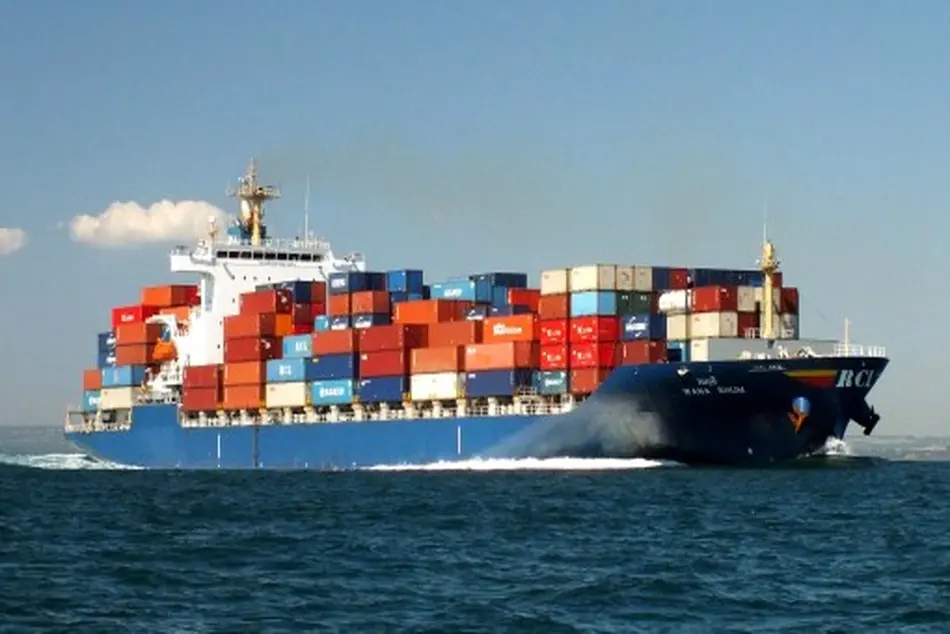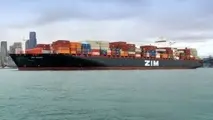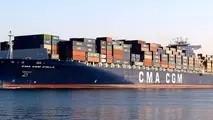Container shipping’s mega crisis

TIN news: April 26, 1956 is widely regarded as a key date in the history of container shipping. That day, standardised containers were first used to transport cargo by sea. The converted tanker — Ideal X — sailed from New York to Houston in the US, carrying 58 containers on its decks along with petroleum in its hold.
The idea of putting cargo into containers, which were 35-feet long at that time, was the brain child of trucking magnate Malcom Mclean who calculated that loading a medium-sized ship in the conventional way would cost $5.83 a tonne, compared with less than $0.16 a tonne on Ideal X.
Mclean went on to found SeaLand services, which became the trailblazer as containerisation opened up new markets and gradually connected just about every corner of the world to the global economy.
Container shipping and trade
Today, interestingly, it is not American but European lines that dominate the container trade. About 30 lines (companies) operate container shipping services to different parts of the globe. The largest six of them are Maersk Line, Mediterranean Shipping Company, CMA/CGM, Cosco Shipping, Evergreen and Hapag-Lloyd. The top 30 container shipping lines seem to control about 80 per cent of the total container fleet.
The world fleet of container ships by January 2017 consists of 5,098 container ships with a total capacity of 19.7 million twenty-foot container boxes (twenty-foot equivalent unit, TEU, is a standard measure of container capacity).
According to Clarkson Research Services, total container trade volumes amounted to 175 million TEU (about 1.7 billion tonne) in 2015. For many decades, containerised trade has been the fastest- growing market segment, accounting for less than 20 per cent of global seaborne trade but earning two-thirds of the total global trade value. A new trend that is unfolding globally now is the continued penetration of containerisation into bulk trade.
Over supply woes
Driven largely by the increasing international division of labour and productivity gains within the sector, container trade expanded at an average rate of 8.2 per cent between 1990 and 2010.
To cap it, in 2010, global container trade volumes bounced 12.9 per cent over 2009 — among the strongest growth rates in the history of containerisation.
This growth prompted major container shipping lines to keep on increasing the ship size and container-carrying capacity to exploit the economies of scale, reduce unit costs and to remain as market leaders in container shipping.
Maersk Lines started this risky and disastrous race of ordering Ultra Large Container Ships — 20 of them at a stretch, extracting the maximum concessions from shipyards. Mediterranean shipping, CMA/CGM, Cosco followed the trend and ordered ultra large container ships ranging from 10,000 to 20,000 TEUs.
The competitive ordering of mega container ships was made in the expectation of the global container trade growing in double digits.
Unfortunately, the world economy grew slow, resulting in huge over capacity of container shipping tonnage. While the global container demand grew less than 1 per cent in 2015, the world container ship fleet expanded by almost 8 per cent.
Due to the excess capacity in container fleet, freight rates are fallingsteeply. The freight rates have never been so low; a shipper can now send a twenty-foot container box from Shanghai in China to a port in South America for less than $200!
The problem of excess capacity in container shipping is likely to continue for a longer period for two reasons. First, the order book of container ships in the world shipyards shows that by January 2017, 465 ships with a total box capacity of 3.4 million TEUs are on order due to be delivered up to the end of 2018.
Second, the marginal recovery in the container shipping freight will get almost wiped out by a steady stream of arrival of new container ships which will compound the problems of recovery in the near future.
It is estimated that container shipping industry could lose as much as $10 billion in 2016 on an anticipated revenue of $170 billion as reported by Drewry Shipping Consultants, London. The collapse of Hanjin Shipping of South Korea at the end of 2016 was, perhaps, the biggest and most shocking.
The South Korean company’s bankruptcy filing left 66 ships carrying goods worth $14.5 billion stranded at sea.
What is the lesson to be learnt from this crisis? In container shipping ship owners constitute just one important constituent in the supply chain management. There are other stake holders, namely, the port authorities, shippers and freight forwarders, etc.
Chase for profits
Ship owners were primarily concerned with their profitability alone — by exploiting the economies of scale by which they could reduce the unit cost of container transportation significantly.
The ship owners exhibited utter disregard and total unconcern to the anxieties of other stakeholders as port authorities had to make heavy investment on deepening and widening port approach channels, modernise berthing facilities, install costly quay cranes and yard cranes, shippers were denied choices of port selection as mega carriers could call only at fewer ports, freight forwarders had to haul container trucks over longer distances to meet with strict delivery schedules. There was no consultation with the stakeholders, their views and voices were neither heard nor respected.
Container shipping lines preferred to travel on a single track of maximising their own profitability without taking into account the total system cost of the supply chain.
When the global economy weakened and the growth rate of container trade plummeted to low levels of less than 2 per cent the ultra large container ships and the excessive tonnage became a liability which pushed container lines into deep financial crisis.
They could not get the support of the stake holders in this crisis as they were not a party to this decision of ordering the mega container carriers. The ship owners cannot blame anyone else except themselves for creating this serious crisis.

